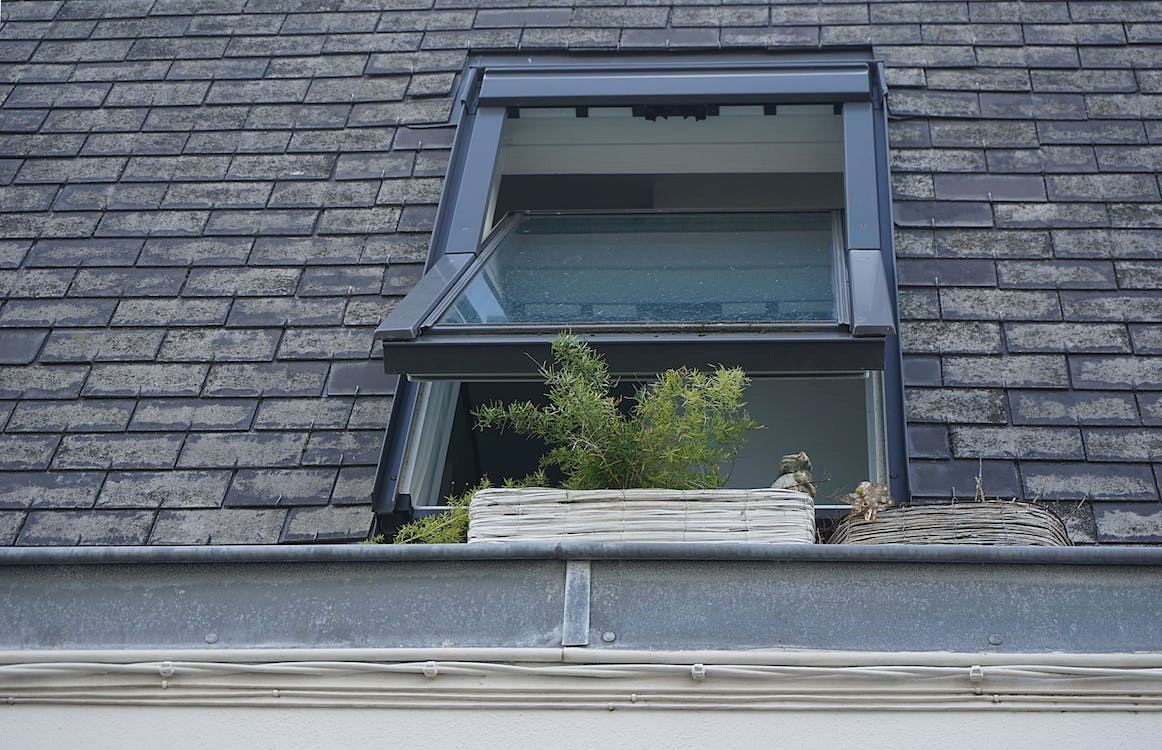As energy costs rise and environmental concerns grow, homeowners are increasingly seeking energy-efficient solutions for their homes. One area where significant energy savings can be achieved is the roof. In this blog post, we will explore various energy-efficient roofing options and how they can help you save money while reducing your carbon footprint.
1. Cool Roofs:
Cool roofs are designed to reflect more sunlight and absorb less heat compared to traditional roofs. They are typically made with highly reflective materials, such as special coatings or light-colored shingles. By reflecting solar heat, cool roofs can significantly reduce the amount of heat transferred into your home, reducing the need for air conditioning and lowering cooling costs.
2. Green Roofs:
Green roofs, also known as living roofs, involve covering the roof surface with vegetation. They provide excellent insulation, reducing both heating and cooling needs. Green roofs also absorb rainwater, reducing stormwater runoff and helping to alleviate strain on drainage systems. Additionally, they contribute to urban biodiversity, improve air quality, and provide an aesthetically pleasing environment.
3. Solar Panels:
Installing solar panels on your roof is an effective way to harness renewable energy and reduce your reliance on the grid. Solar panels convert sunlight into electricity, which can power your home’s appliances, lighting, and heating systems. By generating your own clean energy, you can lower your electricity bills and decrease your carbon footprint.
4. Insulation and Ventilation:
Proper insulation and ventilation are essential components of an energy-efficient roof. Insulation helps to prevent heat loss in winter and heat gain in summer, creating a more comfortable indoor environment while reducing heating and cooling costs. Adequate ventilation in the attic space helps to remove excess heat, preventing heat buildup that can transfer into the living areas of your home.
5. Energy-Efficient Roofing Materials:
Choosing energy-efficient roofing materials is another way to enhance your roof’s energy performance. Options such as metal roofs, concrete tiles, or clay tiles have natural thermal properties that help to regulate temperature and reduce energy consumption. Additionally, these materials are durable, long-lasting, and often made from recyclable or sustainable materials.
6. Cool Roof Coatings:
If replacing your entire roof is not feasible, applying a cool roof coating can still provide energy-saving benefits. Cool roof coatings are reflective coatings that can be applied over existing roofs. They help to improve the roof’s solar reflectance and thermal emittance, reducing heat absorption and lowering cooling costs.
6. Energy Efficiency Rebates and Incentives:
Many governments and utility companies offer rebates and incentives for energy-efficient upgrades, including roofing improvements. Research local programs that may provide financial assistance or tax incentives for installing energy-efficient roofing solutions. Take advantage of these programs to make your energy-efficient roofing project more affordable.
Energy-efficient roofing solutions not only help you save money on utility bills but also contribute to a greener and more sustainable future. Whether it’s installing cool roofs, green roofs, solar panels, or optimizing insulation and ventilation, there are numerous options available to suit your budget and environmental goals. By making smart choices for your roof, you can enjoy energy savings, increase your home’s value, and make a positive impact on the planet.


